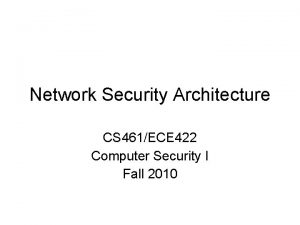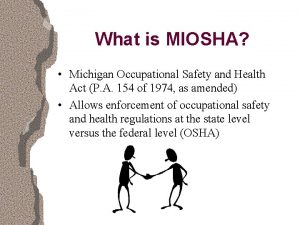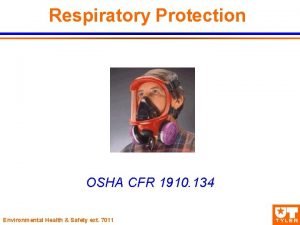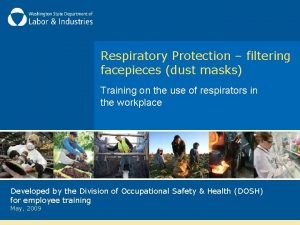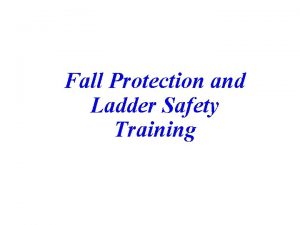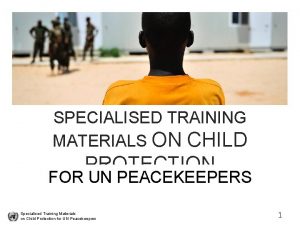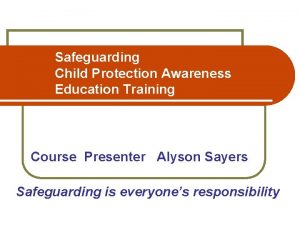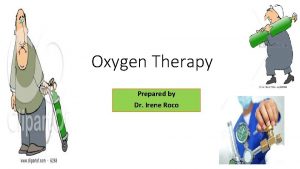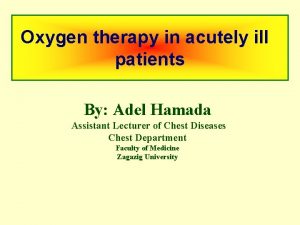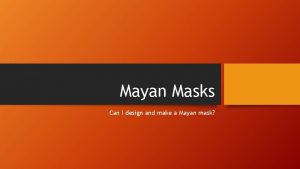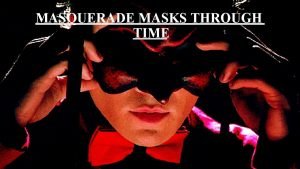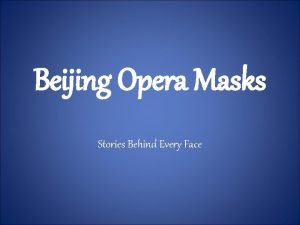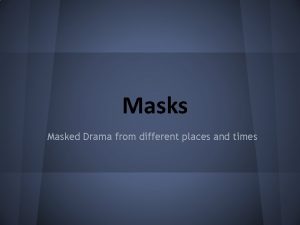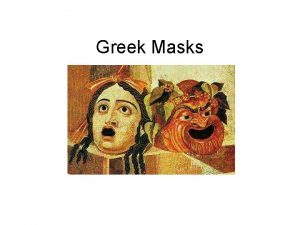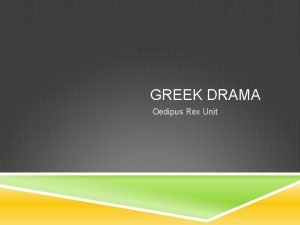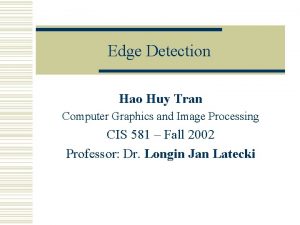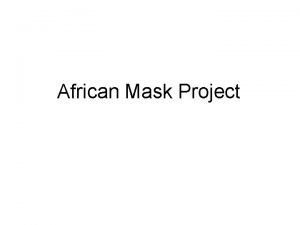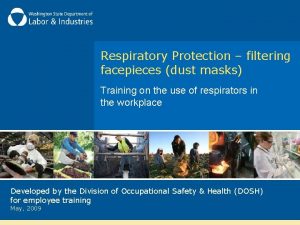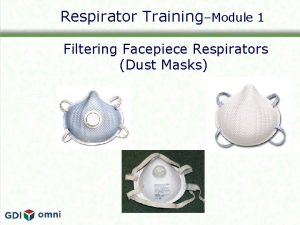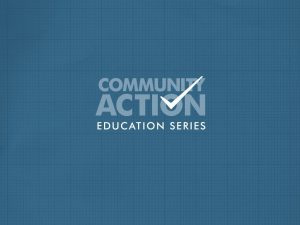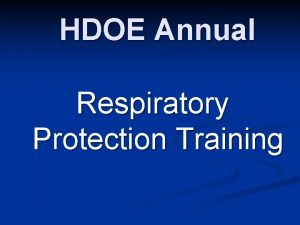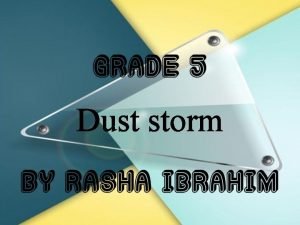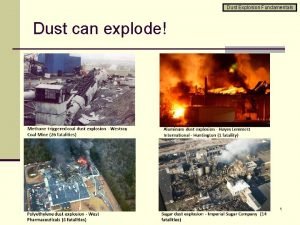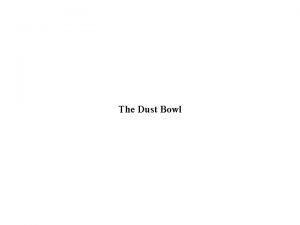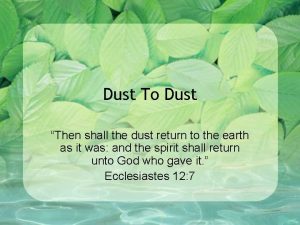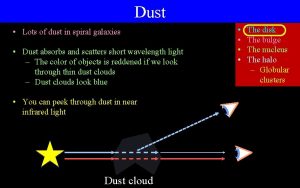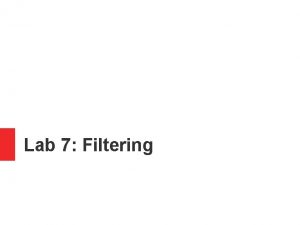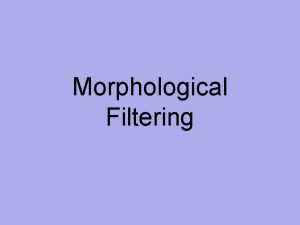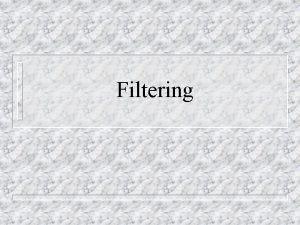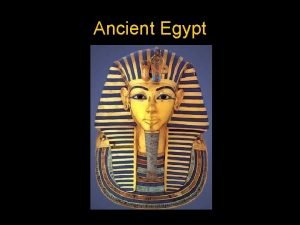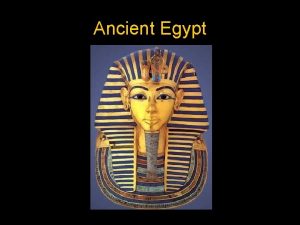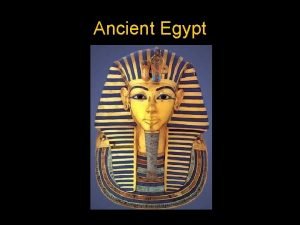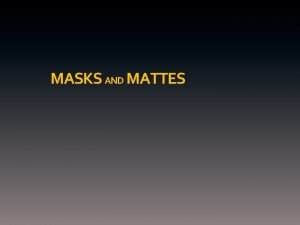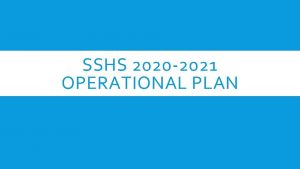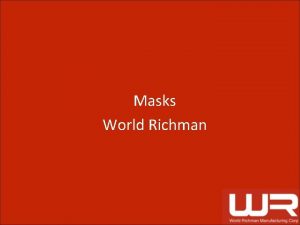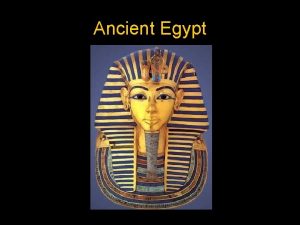Respiratory Protection filtering facepieces dust masks Training on



![Respirator Training Respirator Program Administrator Our respirator administrator is [name] This person is responsible Respirator Training Respirator Program Administrator Our respirator administrator is [name] This person is responsible](https://slidetodoc.com/presentation_image/4f65a013e08df5aad8a3c1393c20d3c5/image-4.jpg)




















- Slides: 24

Respiratory Protection – filtering facepieces (dust masks) Training on the use of respirators in the workplace Developed by the Division of Occupational Safety & Health (DOSH) for employee training May, 2009

Respirator Training–Module 1 Filtering Facepiece Respirators (Dust Masks)

Respirator Training Why Is This Training Required? Training is required by DOSH for anyone who wears a respirator. We also are providing this training so you will know how to protect your health. If you don’t know how to use a respirator properly, you can get a false sense of protection. 2
![Respirator Training Respirator Program Administrator Our respirator administrator is name This person is responsible Respirator Training Respirator Program Administrator Our respirator administrator is [name] This person is responsible](https://slidetodoc.com/presentation_image/4f65a013e08df5aad8a3c1393c20d3c5/image-4.jpg)
Respirator Training Respirator Program Administrator Our respirator administrator is [name] This person is responsible for overseeing our respirator program. This person has training on respirators. 3

Respirator Use Where We Require Filtering Facepieces Filtering facepieces (dust masks) are required in the following locations or for the following job tasks: [List here] 4

Respirator Use We provide filtering facepieces (dust masks) for protection against the following kinds of dust and particles: [List here] 5

How Filtering Facepieces Work How Do Dust Masks Protect You? When used properly, dust masks prevent the inhalation of dust in the air and protects the lungs. When you inhale, air is pulled through the dust mask and dust is captured on the outside of the mask. 6

How Filtering Facepieces Work Air inhaled in Air exhaled out 7

Using Filtering Facepieces Limits of dust masks Dust masks will leak if they don’t fit your face properly. Dust masks don’t filter out chemical vapors. Dust masks are not adequate for heavy amounts of dust. Dust masks may not be suitable for highly toxic dusts. 8

Dust Mask Protection Factor How much protection does a dust mask give? Dust masks only provide protection to levels 10 times above the dust permissible exposure limit (PEL). Example Wood dust permissible limit – 5 mg/cu. meter Dust mask protects up to 50 mg/cu. meter = milligrams per cubic meter 9

NIOSH–Approved Dust Masks Dust masks come in variety of styles and brands. Not all dust masks provide adequate protection for workplace dust. Only NIOSH-approved dust masks can be used for protection against dust levels that exceed the PEL. 10 Not NIOSH-approved

Types of Dust Masks Some masks are more protective than others N 95/R 95/P 95 masks filter out 95% of dust particles N 99/R 95/P 99 masks filter out 99% of dust particles N 100/R 100/P 100 masks filter out 99. 7% of dust particles N 99 or N 100 masks are recommended for very fine dust or dangerous dusts such as asbestos or silica. We use [list type] masks 11

Where Dust Masks Can’t Be Used Dust masks will not provide adequate protection in the following situations: ü Exposure to chemical gases or vapors ü Dust levels more than 10 times the permissible exposure limit (PEL) ü Oxygen deficiency 12

Respirators and Physical Fitness Medical Evaluations Medical evaluations are required for anyone required to wear respirators. Breathing through a respirator is work for the body. Respirators can be hazardous to people with heart or lung problems. 13

Respirator and Physical Fitness Medical Questionnaire The first step of a medical evaluation is a confidential medical questionnaire. A healthcare provider decides if you need a medical exam. Results are only used to determine if you are fit to wear a respirator. 14

Respirator Fit Dust Masks Must Fit Properly Dust masks must fit properly to prevent leaks around the edges. Fit-testing must be done before first wearing a dust mask. Beards are not allowed when wearing a dust mask. 15

Respirator Fit-testing In fit-testing, you first try on a dust mask for general comfort and fit. After a comfortable respirator is selected, we conduct the actual fit -test. The method we use for fit-testing is as follows: [describe] 16

Replacing Dust Masks Replace dust masks at least daily Dust masks cannot be cleaned or repaired if soiled or damaged. Replace dust masks if breathing becomes difficult, if they are damaged, or if they are dirty or dusty on the inside. Dispose of dust masks at the end of the day or shift. 17 Torn mask

Respirator Problems When it Smells Bad or You Feel Sick If you notice an odor, find dust inside the mask, feel ill, or you think your respirator leaks, notify your supervisor. Leave the area if you know your mask is leaking. 18

Respirator Regulations L & I – DOSH has regulations on respirator use. Everything covered in this training is required in these regulations. 19

Optional Quiz The following questions are optional. They can be used to check employees’ understanding of this training and promote discussion. You can add more questions for a short written or verbal quiz. 20

Quiz Question 1 1. What do filtering facepieces protect you from? a) solvents and dust b) only dust and particles c) nothing much d) only pollen 21

Quiz Question 2 Why can’t you wear a dust mask over a beard? a) The beard will interfere with your breathing b) It will cause the respirator to leak c) It will cause skin irritation d) It will look stupid 22

Quiz Question 3 What does it mean if you smell a chemical while wearing your dust mask? a) You may need a different kind of respirator b) The dust mask doesn’t fit properly c) You have a very sensitive nose 23
 Ingress filtering vs egress filtering
Ingress filtering vs egress filtering Conducting zone of the respiratory system
Conducting zone of the respiratory system Michigan occupational safety and health act
Michigan occupational safety and health act Osha 1910 respiratory protection
Osha 1910 respiratory protection Dust mask training
Dust mask training Scaffold competent person training ppt
Scaffold competent person training ppt Fall protection training outline
Fall protection training outline Child protection training materials
Child protection training materials Child protection awareness training
Child protection awareness training Face tent oxygen delivery
Face tent oxygen delivery Venturi mask oxygen flow rate
Venturi mask oxygen flow rate T piece oxygen delivery
T piece oxygen delivery Mayan masks event
Mayan masks event History masquerade masks
History masquerade masks Why did they wear masks in greek theatre
Why did they wear masks in greek theatre Rhyme examples
Rhyme examples It is the red mask of peking opera face painting
It is the red mask of peking opera face painting Ancient greek theater masks
Ancient greek theater masks Theater bio examples
Theater bio examples What did greek actors wear
What did greek actors wear Ancient greek theater masks
Ancient greek theater masks Tran computer
Tran computer Structure of the greek theatre
Structure of the greek theatre African masks
African masks African mask color meanings
African mask color meanings
